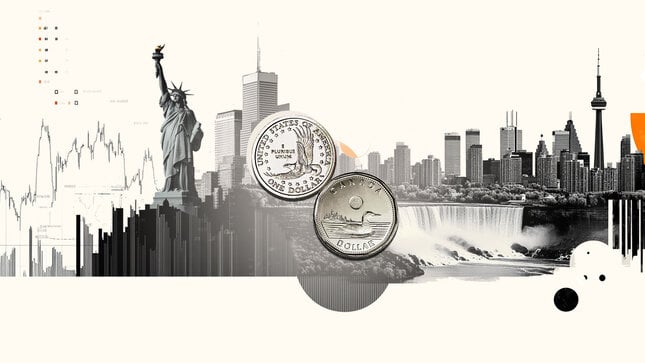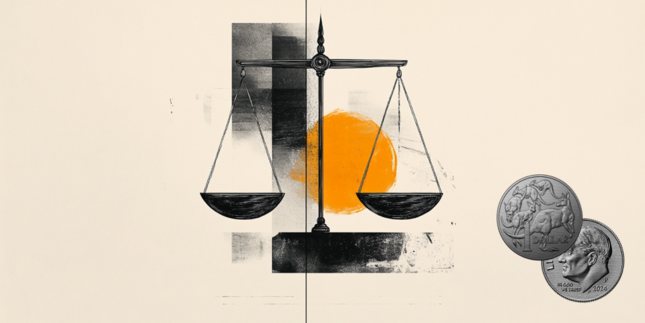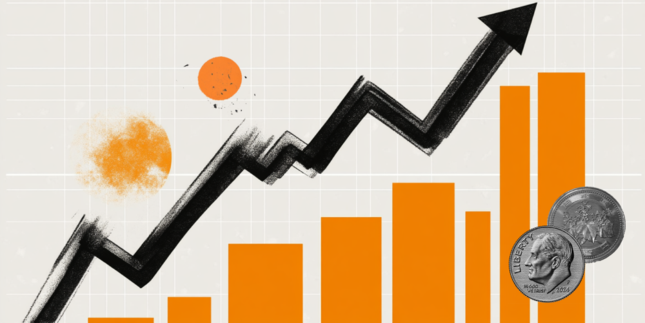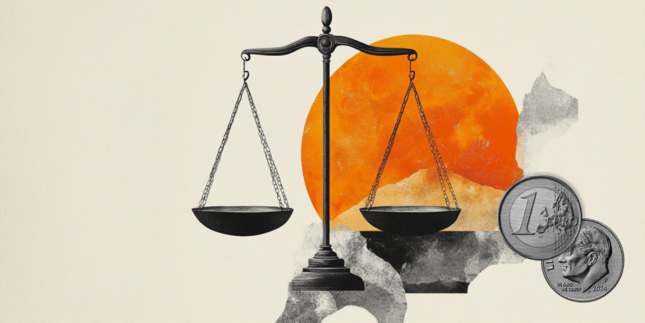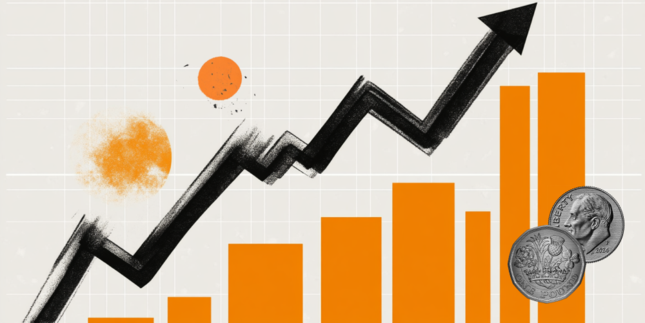US Dollar down despite strong GDP readings
- The DXY trades near the 104.40 zone after fading earlier tariff-fueled gains on Thursday.
- Traders weigh upbeat GDP data and auto tariff news against limited market follow-through.
- Technical signals remain broadly bearish despite some conflicting momentum indicators.
The US Dollar Index (DXY), which measures the value of the US Dollar (USD) against a basket of currencies, trades marginally lower on Thursday near the 104.40 area after giving back early-session gains. The Greenback was initially boosted by a surprise auto tariff announcement from US President Donald Trump and stronger-than-expected fourth-quarter GDP data, though mixed momentum indicators are keeping traders cautious.
Daily digest market movers: US Dollar pulls back despite upbeat GDP release
- The US Gross Domestic Product for Q4 was revised to 2.4% annually, slightly beating expectations and the prior 2.3% estimate.
- The Bureau of Economic Analysis cited growth in consumer and government spending in Q4 GDP, while imports and investment declined.
- Continuing jobless claims showed a drop of 25,000 claims to 1.856 million, signaling labor market resilience.
- The four-week moving average of insured unemployment fell to 224,000, underscoring tight employment conditions.
- US President Trump imposed a 25% tariff on all auto imports effective April 3, with more threats to Canada and the European Union (EU).
- The market reaction to the data was muted, with mixed performance across US Treasury yields dampening USD enthusiasm.
- The focus now shifts to the Personal Consumption Expenditures report, the Federal Reserve’s (Fed) preferred inflation gauge.
Technical analysis
The US Dollar Index shows signs of weakness on Thursday after earlier gains were retraced, currently fluctuating within the 104.07–104.65 range. Despite a buy signal from the Moving Average Convergence Divergence (MACD), the overall bias remains bearish as the 20, 100, and 200-day Simple Moving Averages (SMA) all tilt lower. The Relative Strength Index (RSI) combined with the stochastic oscillator signals overbought conditions, while the Momentum (10) indicator and the Awesome Oscillator suggest limited upside potential. The Average Directional Index (ADX) at 29.777 indicates neutral trend strength. Key resistance is seen at 104.296, 104.536, and 104.616. Support is found at 104.175 and 103.923.
Interest rates FAQs
Interest rates are charged by financial institutions on loans to borrowers and are paid as interest to savers and depositors. They are influenced by base lending rates, which are set by central banks in response to changes in the economy. Central banks normally have a mandate to ensure price stability, which in most cases means targeting a core inflation rate of around 2%. If inflation falls below target the central bank may cut base lending rates, with a view to stimulating lending and boosting the economy. If inflation rises substantially above 2% it normally results in the central bank raising base lending rates in an attempt to lower inflation.
Higher interest rates generally help strengthen a country’s currency as they make it a more attractive place for global investors to park their money.
Higher interest rates overall weigh on the price of Gold because they increase the opportunity cost of holding Gold instead of investing in an interest-bearing asset or placing cash in the bank. If interest rates are high that usually pushes up the price of the US Dollar (USD), and since Gold is priced in Dollars, this has the effect of lowering the price of Gold.
The Fed funds rate is the overnight rate at which US banks lend to each other. It is the oft-quoted headline rate set by the Federal Reserve at its FOMC meetings. It is set as a range, for example 4.75%-5.00%, though the upper limit (in that case 5.00%) is the quoted figure. Market expectations for future Fed funds rate are tracked by the CME FedWatch tool, which shapes how many financial markets behave in anticipation of future Federal Reserve monetary policy decisions.
Forex News
Keep up with the financial markets, know what's happening and what is affecting the markets with our latest market updates. Analyze market movers, trends and build your trading strategies accordingly.

